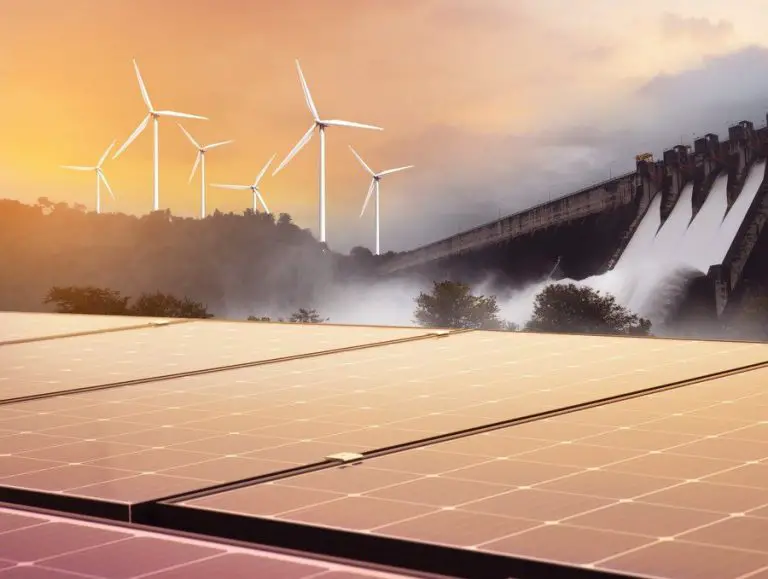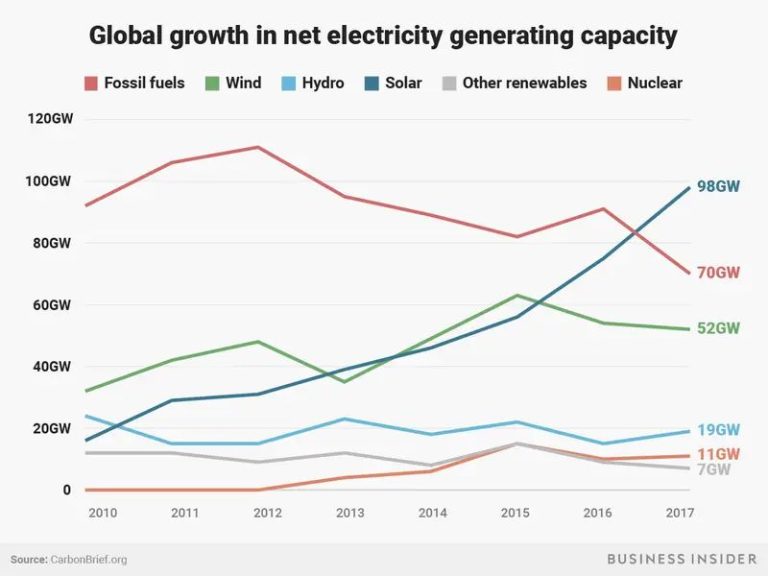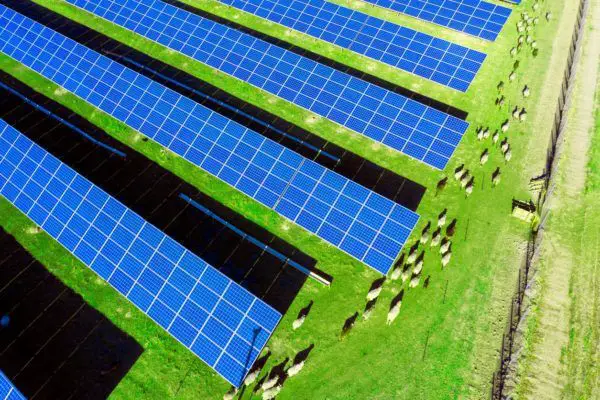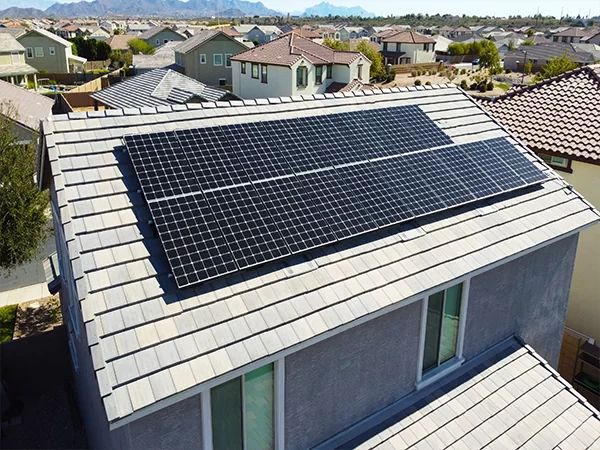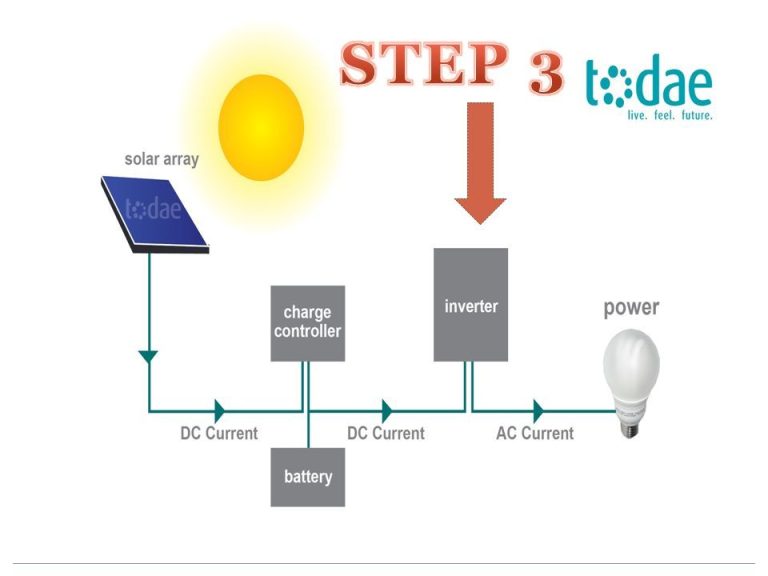Why Can’T We Go Solar?
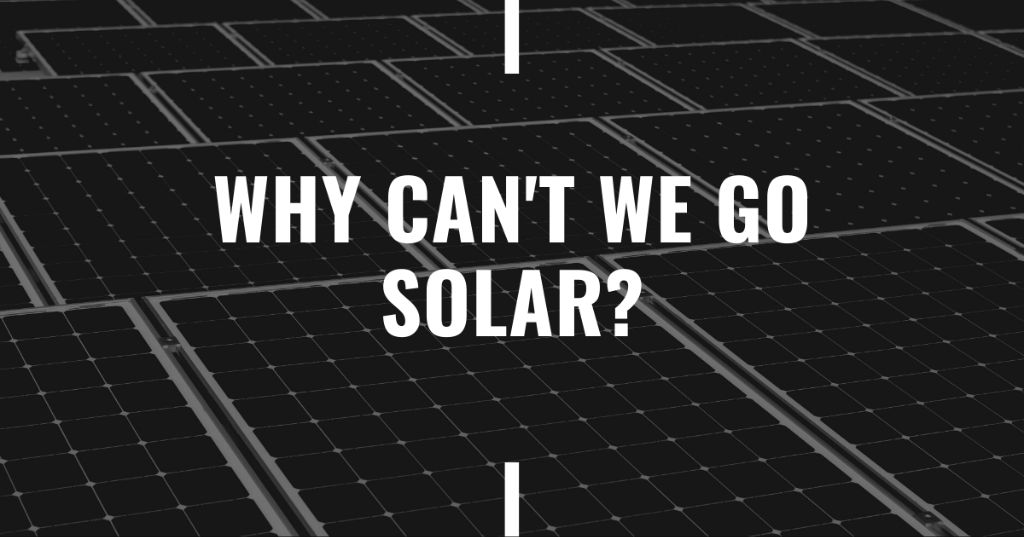
With climate change accelerating and fossil fuels polluting our environment, many homeowners are considering going solar. The benefits of solar energy are clear – it’s a renewable, clean source of electricity that can reduce your home’s carbon footprint. But significant upfront costs and other barriers often hold people back from installing solar panels. This article provides an overview of the pros and cons of going solar, so you can decide if it’s right for your home.
First, we’ll look at the main benefits of solar power, including how it can lower electric bills, qualify for tax credits, and increase a home’s value. Next, we’ll break down the costs of a solar system and analyze payback periods. We’ll also explore options like community solar if your own roof isn’t suitable. Finally, we’ll discuss the limitations of solar panels and the use of batteries to store solar energy for when the sun isn’t shining.
By weighing the advantages against the drawbacks, you’ll gain a balanced perspective on residential solar energy. Our goal is to provide the information you need to determine if now is the time to go solar.
Benefits of Solar
One of the biggest benefits of solar energy is that it provides clean, renewable energy from the sun. Unlike fossil fuels, solar energy does not require the burning of polluting fuels that emit greenhouse gases like carbon dioxide and methane. Transitioning to solar energy can help reduce reliance on coal, natural gas, and other fossil fuels that contribute significantly to climate change (https://www.energy.gov/energysaver/benefits-residential-solar-electricity).
Generating electricity from rooftop solar panels or community solar farms can lower monthly electricity bills for homeowners and businesses. The sunlight absorbed by solar panels gets converted into usable electricity, offsetting what would normally be purchased from the utility grid. Solar energy allows consumers to reduce electricity expenses and lock in lower rates for the long-term (18-25 years typically).
Producing energy from solar panels installed on homes and businesses also contributes to energy independence. By relying more on decentralized renewable energy like solar, communities can become less dependent on large utility companies and imported fossil fuels. Energy independence provides greater resilience and more consumer choice and control.
Costs and Payback Period
One of the main barriers to adopting solar power is the high upfront installation cost. According to This Old House, the average cost to install a 6kW solar system is around $18,000 before incentives.[1] This initial investment may seem daunting to homeowners and businesses.
However, the energy savings from solar panels helps offset the initial costs over time. Most homeowners see a payback on their solar investment in 6-10 years.[2] The exact payback period depends on factors like system size, electricity rates, sun exposure, and incentives. Larger systems in areas with high electricity costs will pay back faster.
There are also federal and local incentives like tax credits and rebates that reduce the net cost of a solar installation. With incentives factored in, solar can deliver a solid return on investment over the system’s 25+ year lifespan.
Solar Tax Credits and Incentives
The federal government offers a 26% tax credit on the total cost of installing a residential solar energy system. This credit will decrease to 22% for systems installed in 2023, and then 0% for systems installed in 2024 and beyond (Federal Solar Tax Credit Guide For 2024).
Many states and local municipalities also offer additional incentives like rebates and tax credits to make solar more affordable (Solar Incentives by State: Rebates, Tax Credits, and More). For example, New York offers a 25% tax credit off the cost of installed residential solar up to $5,000. California has a popular rebate program called CSI that provides upfront rebates. Tax credits and other incentives can reduce the out-of-pocket costs of solar panels by thousands of dollars.
The Database of State Incentives for Renewables & Efficiency (DSIRE) provides a comprehensive list of available solar incentives searchable by state and locality. With federal, state, and local incentives, installing solar panels can provide an attractive return on investment.
Grid Interconnection
Connecting a residential solar system to the utility grid allows homeowners to both draw power from and export excess power back to the grid. This is done through a process called net metering.
Net metering enables solar panel system owners to get credit for any excess electricity they generate and export back to the grid. The home’s electric meter runs backwards as power is sent to the grid, offsetting electricity used at night or during cloudy weather. In effect, the power grid acts as a battery, storing solar power generated during the day for use at other times. https://www.energysage.com/solar/net-metering/
At the end of each billing cycle, utilities charge only for net energy use, after exported solar power is deducted. Policies differ by state, but customers are often credited at the full retail electricity rate. Net metering makes solar power systems more economical by maximizing the value of solar energy generation. https://www.marketwatch.com/guides/solar/solar-net-metering/
Limits of Solar
While solar power has several advantages, it also has some limitations. Two of the biggest limits of solar energy are intermittency and space requirements.
Solar panels only produce energy when the sun is shining. At night and on cloudy days, solar panel output is reduced. This intermittency means solar power needs to be paired with energy storage solutions or supplemented by other energy sources to provide reliable baseload power (source).
In addition, solar farms require large areas of land in order to generate utility-scale amounts of electricity. Finding sufficient space with ideal conditions like high solar irradiance and proximity to transmission lines can be challenging (source). Rooftop solar on homes and businesses helps alleviate land constraints but is limited by roof space and orientation.
Storage Solutions
As solar energy can only be generated during daylight hours, there is increasing interest in battery storage solutions to store excess solar energy for use at night or when sunlight is limited. Popular residential battery options include the Tesla Powerwall and the LG Chem RESU. According to Tesla, their Powerwall battery starts at $11,500 for 13.5 kWh of energy storage [1]. The LG Chem RESU10H battery retails for around $10,500 and offers 9.8 kWh of storage [2]. Higher capacity batteries are also available.
These home solar batteries allow homeowners to store excess solar energy generated during the day for use during evening hours and at night. This allows solar panel owners to maximize their use of clean energy even when the sun isn’t shining. With enough storage capacity, homeowners can minimize usage of electricity from the grid, especially during peak pricing times. Solar batteries provide backup power during grid outages, improving resilience. However, with an average cost around $10,000-$15,000 installed, payback periods can be 6-10 years or more [3].
Community Solar
Community solar provides a way for multiple homeowners to share the benefits of a local solar array. Rather than installing solar panels on individual rooftops, community solar allows groups of people to purchase shares of a larger, shared solar farm. This expands renewable energy access to renters, condo owners, and those whose homes can’t support solar panels. According to Energysage, community solar enables households to receive credits on their electricity bills for their share of power produced by the community solar farm.
Community solar can be an affordable way to support renewable energy, even for lower-income households. It allows people to access solar power without high upfront costs or long contract commitments. As outlined by Oya Renewables, community solar spreads costs across many participants, creates local jobs, and combats rising electricity rates.
However, there are some downsides to community solar. As Forbes describes, availability is limited based on suitable locations for solar farms and state regulations. Homeowners also lose control over system output and don’t receive direct renewable energy incentives. There are also concerns around some community solar companies using predatory practices in their sales tactics and contracts.
Overall, community solar can expand renewable energy access if implemented ethically. It provides a flexible, shared approach to solar power for those who can’t install it independently. With careful policies and oversight, community solar can support equitable, affordable clean energy.
The Future of Solar
Experts project solar power will continue growing in the coming decades as efficiency rises and costs continue to fall. The MIT study The Future of Solar Energy reports that solar photovoltaic efficiency could realistically reach between 27-29% by 2050, up substantially from around 20% today. The International Energy Agency (IEA) predicts solar PV capacity will reach over 5,700 GW globally by 2040, more than seven times current capacity.
This projected growth is due to expected improvements in solar cell technology, manufacturing, installation methods, and storage capabilities. The U.S. Department of Energy reports prices of utility-scale solar power fell 70% in the last decade, while residential prices fell 64%, and this cost decline is predicted to continue. Improving affordability along with increased efficiency will enable solar to spread further. The U.S. Solar Futures Study by the National Renewable Energy Lab finds solar energy could power 40% of the nation’s electricity by 2035 and 45% by 2050.
Conclusion
As we’ve explored in this piece, solar power offers many benefits, including lower electricity bills, energy independence, and environmental sustainability. However, challenges like upfront costs, storage limitations, and grid connectivity remain. Still, solar adoption is rapidly increasing as prices drop and new solutions emerge. With thoughtful policies, technological innovation, and public engagement, solar energy could play a major role in our energy future.
By going solar, homeowners and businesses can take charge of their energy use while supporting renewable energy. Tax credits, incentives, community solar, and leasing options are making solar more accessible every day. Though the shift to solar faces obstacles, it also presents great opportunities to build a cleaner and more distributed energy system. With the right strategies and investments, solar power can continue its momentum and help accelerate the transition to carbon-free energy.

